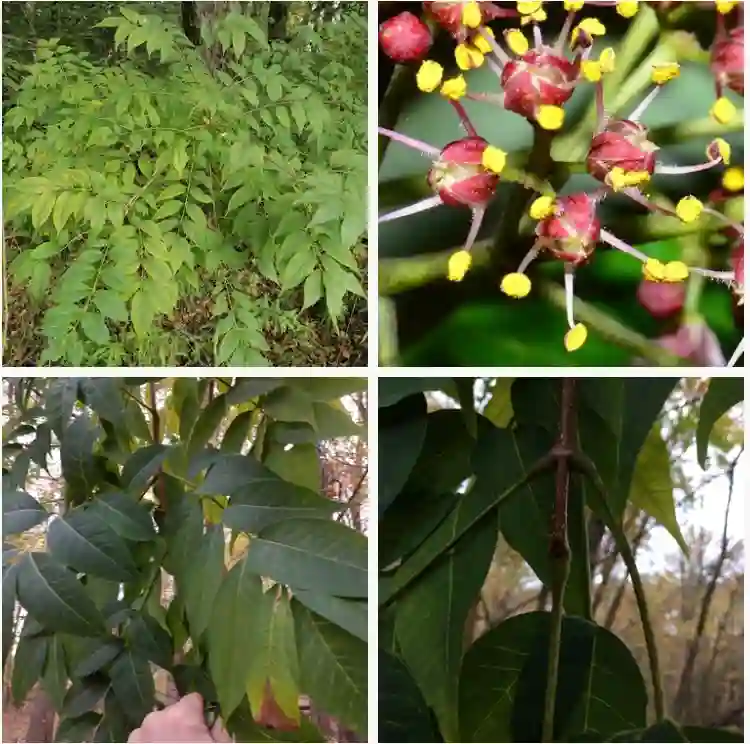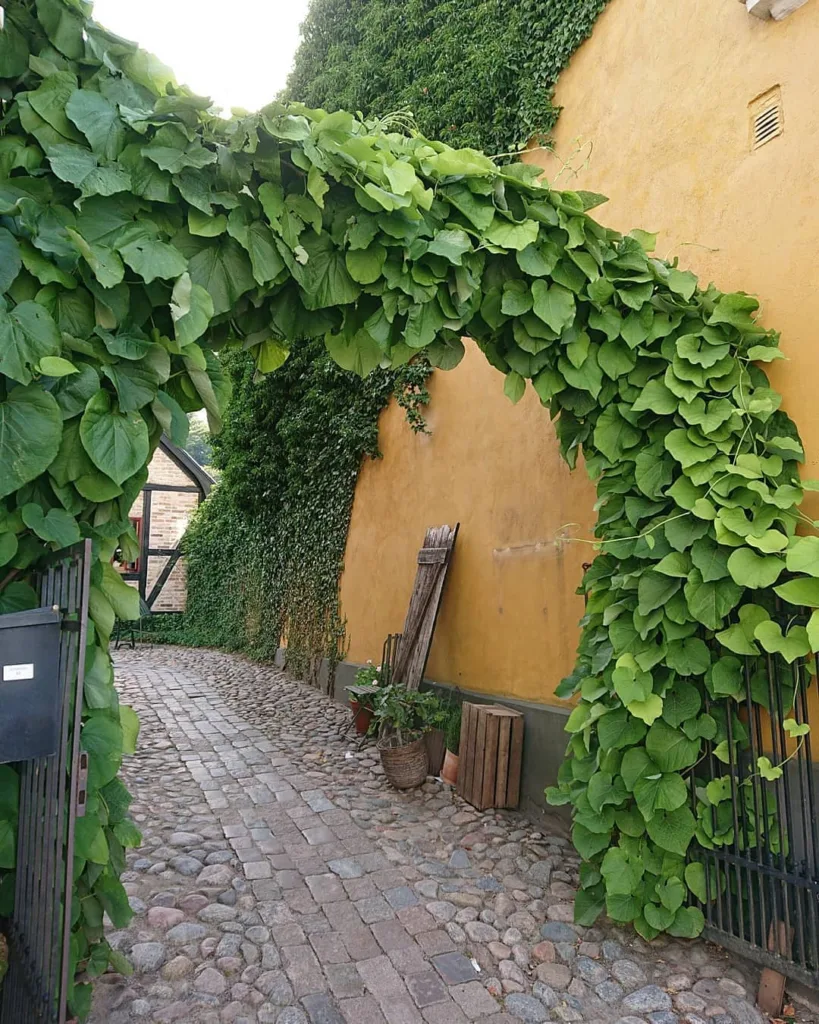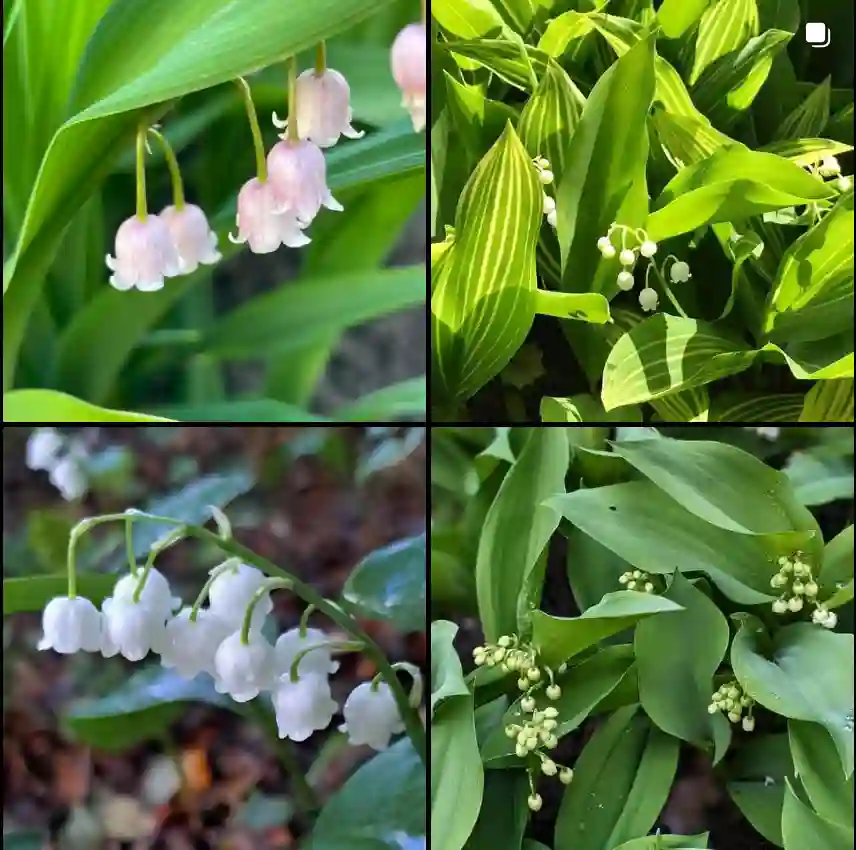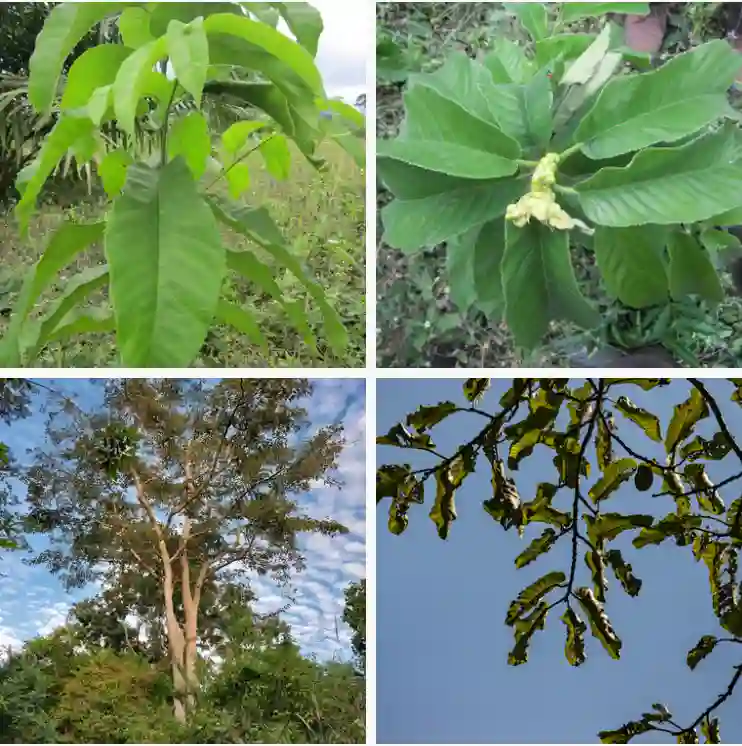Exploring the Saururaceae Family: An In-Depth Look
As a plant enthusiast, I’m always fascinated by unique and lesser-known plant families. One such family that has piqued my interest is the Saururaceae family. This family is a small yet intriguing group of flowering plants that includes a few captivating genera, each with its own distinct characteristics. In this article, I’ll delve into the details of the Saururaceae family, its notable genera, and why they are worth exploring for anyone passionate about botanical diversity.
Overview of the Saururaceae Family
The Saururaceae family, commonly known as the Lizard’s Tail family, is part of the order Piperales. This family consists of four genera: Saururus, Houttuynia, Anemopsis, and Gymnotheca. They are predominantly found in moist, temperate to subtropical regions, particularly in Asia and North America. Despite being small in numbers, the Saururaceae family exhibits a remarkable diversity in morphology and habitat preferences.
Saururus: The Iconic Lizard’s Tail
One of the most recognizable members of this family is the genus Saururus, commonly known as the Lizard’s Tail. The name itself is quite evocative and refers to the appearance of its inflorescences, which resemble a lizard’s tail. These plants are native to North America and Asia and thrive in wetland environments.
The Saururus cernuus, or the American Lizard’s Tail, is a perennial herbaceous plant that grows along the edges of ponds, streams, and swamps. It has heart-shaped leaves and unique white flower spikes that bloom in summer. This plant not only adds a unique aesthetic to water gardens but also plays an essential role in supporting local wildlife by providing habitat and food sources.
Houttuynia: A Versatile and Controversial Plant
The genus Houttuynia is perhaps the most well-known and widely used member of the Saururaceae family. The species Houttuynia cordata, also known as Chameleon Plant or Dokudami in Japan, is highly valued for its medicinal properties and culinary uses. Native to Southeast Asia, it’s a plant that sparks mixed emotions among gardeners.
On one hand, Houttuynia cordata is celebrated for its vibrant foliage and its ability to thrive in a variety of conditions, making it an attractive ground cover option. Its heart-shaped leaves come in shades of green, red, and yellow, adding a splash of color to shady or damp areas. It’s also known for its distinct, slightly fishy smell, which has led to its nickname, Fish Mint.
On the other hand, this plant is notorious for being invasive. It can quickly take over a garden if not managed properly, spreading through underground rhizomes. While it’s beloved in traditional medicine and cuisine, many gardeners view it as a problematic plant due to its aggressive growth habit.
Anemopsis: The Yerba Mansa
The genus Anemopsis is represented by a single species, Anemopsis californica, commonly known as Yerba Mansa. This plant is native to the southwestern United States and northern Mexico, typically found in wet, saline soils. Its name, which translates to “calming herb,” reflects its historical use in traditional Native American medicine.
Yerba Mansa is a perennial herb that produces striking white flowers with a conical center and large, aromatic leaves. It’s used in landscaping for its ornamental value and in herbal medicine for its reputed anti-inflammatory and antimicrobial properties. Despite its modest appearance, Anemopsis californica holds a special place in both cultural and ecological contexts.
Gymnotheca: The Lesser-Known Member
The genus Gymnotheca is the least known and least studied member of the Saururaceae family. Native to China, it consists of only two species, which are rarely found outside their natural habitat. These plants are typically small, herbaceous perennials that grow in shaded, forested areas. Due to their limited distribution and the lack of comprehensive research, Gymnotheca remains an enigmatic genus that offers potential for further botanical exploration.
Ecological and Medicinal Importance
The Saururaceae family, though small, plays a significant role in its native ecosystems. Many of its members, like Saururus and Anemopsis, thrive in wetland areas, helping to stabilize soil and provide habitat for wildlife. Additionally, several species within this family have been used in traditional medicine across different cultures.
For instance, Houttuynia cordata is used in Asian herbal medicine to treat a variety of ailments, from respiratory infections to digestive disorders. Similarly, Anemopsis californica has been used by Native American tribes for its medicinal properties, particularly in treating wounds, colds, and skin conditions.
Cultivation and Care Tips
For those interested in cultivating members of the Saururaceae family, it’s essential to replicate their natural habitat conditions as closely as possible. Most species prefer moist to wet soils and can tolerate partial shade. Saururus and Anemopsis are ideal for water gardens or as marginal plants around ponds, while Houttuynia cordata can be grown as a ground cover but requires regular maintenance to prevent it from becoming invasive.
Conclusion
The Saururaceae family, with its unique blend of beauty, ecological significance, and cultural value, is a fascinating group of plants that deserves more attention. Whether you’re drawn to the striking foliage of Houttuynia, the serene beauty of Anemopsis, or the curious form of Saururus, there’s something in this family for every plant lover to appreciate. Understanding and respecting their growth habits and ecological roles will ensure that these remarkable plants can be enjoyed without unintended consequences.
If i die, water my plants!



